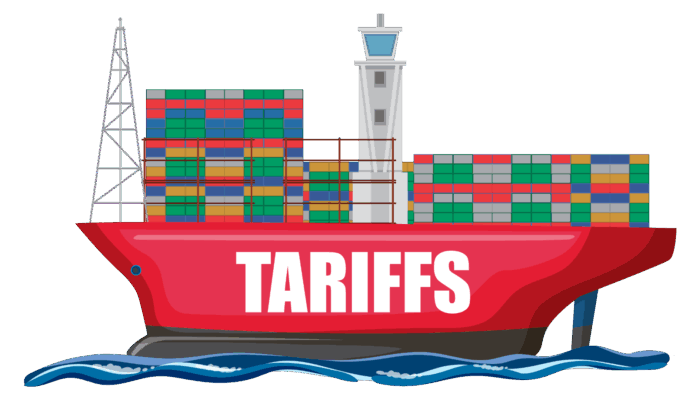When it comes to inventory optimization, where should you start? Which SKUs? How can you identify SKUs with the biggest opportunity to impact free cash?
Your biggest opportunity is going to be items that are moving fast. Why? Because any changes you make will achieve results faster. So the first metric to look at is the velocity of each item.
1. SKU Velocity
How many units are you selling, or do you plan to sell each week? Online? At physical locations? Combined? This is the starting point for any inventory optimization analysis, and essential if you want to calculate Days of Supply. Velocity by itself won’t tell you what to do to optimize your inventory, but it will tell you where you should focus your efforts.
2 Days of Supply by SKU
This one is important. Look at how many days of cover you have on average across all SKUs, then look at the SKUs where you have a lot more than that. Are there any high velocity SKUs among them? If so, there may be an opportunity to reduce days of cover and reduce carrying costs. Days of supply is also important for sourcing.
3. Days of Supply by SKU-Location
In order to optimize digital order sourcing, you need to understand how many days of supply you have for each item at each location. This includes both online and offline demand. Why because it indicates the likelihood of a seasonal item needing to be marked down. And if you ship orders from stores, it’s much better if you can route that order to a store where stock is moving more slowly to reduce the need for markdowns. But if the sourcing logic in your Order Management System (OMS) can’t access a key metric like days of supply, you’re missing out on this important lever that will let you optimize order sourcing.
4. On Time In Full (OTIF) rate by SKU
Tracking your OTIF rate at the order level is great. It’s an important metric to ensure both customer satisfaction and fulfillment efficiency. So you want to keep it high. But if you look at OTIF by SKU, it can reveal other stock inefficiencies. Do you have particular items that are consistently delivered late? If so you may want to look at your replenishment strategy for that SKU so you can increase the amount of stock in locations closest to the source of demand. Another metric that can help reveal replenishment inefficiencies is delivery distance.
5. Average delivery distance by SKU
The first question to ask is, how far are you shipping each item on average across all SKUs? Then look at SKUs above that average. How much above the average are they? Once you’ve calculated that, it’s time to add another data layer. SKU velocity. Are there any high velocity items among them? They would be a great place to start your optimization efforts. Pick a few items to investigate. Do you need to adjust your replenishment strategy? Or is it your order sourcing strategy? And if the latter, do you have the right systems in place? Or are you struggling to get granular inventory data for analysis in the first place? If so, you’re not alone. And it’s why many businesses use a dedicated Order Management System (OMS) to help them.
What’s the role of an OMS in improving inventory turns?
An order management system, like Fluent Order Management serves two key roles when it comes to optimizing your stock. The first is data capture, the second is intelligent order sourcing.
Data captured by your OMS is essential. Why? Because it can track key data points needed to calculate OTIF and help you with further investigation, including:
- Promised delivery date
- Actual delivery date
- Time to deliver
- Delivery distance – both Greater Circle Distance (GCD), the shortest distance between two points, and Shortest Feasible Distance (SFD), that factors in map data.
Because it tracks all digital orders and knows where they were fulfilled from, it has the data needed to calculate:
- Digital SKU velocity
But to understand total SKU velocity it also needs visibility into in-store sales, or offline SKU velocity as well. That’s why a modern OMS is designed to be an enterprise inventory hub that can consume inventory data and transactional data from any system, and lets you share that data with your favorite business intelligence tools so you can use it to further improve your stock performance. And will use that data to help optimize your sourcing logic. For example, it can use overall days of supply and SKU velocity (at the location level) to optimize order routing so you can increase inventory turns and reduce markdowns.
Summary
The idea of inventory optimization can feel like a big, overwhelming task. But small changes can have a big impact. The first step is to make sure you’re capturing all the right data that enables you to track the metrics that will help you identify inventory optimization opportunities. Then ensure that you share that data with the systems that need it for better decision making. That way you can improve inventory replenishment, optimize sourcing logic and increase overall inventory turns.
So if you’re struggling to get the data you need to make better inventory decisions, or need a better way to optimize your sourcing logic, contact us to learn more about Fluent Order Management today.



